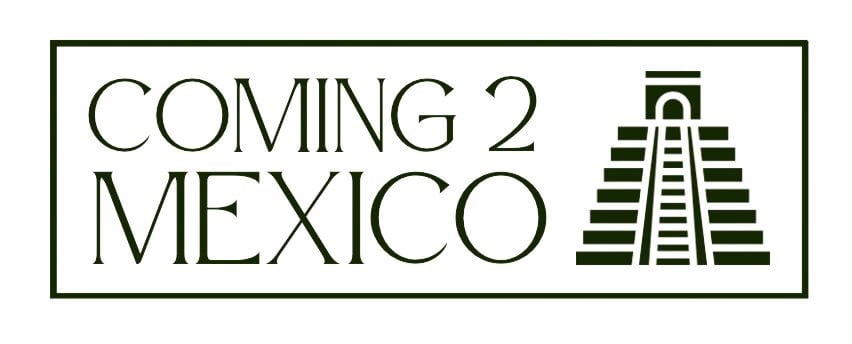Chocolate in Mexico is more than just a treat—it’s tradition, history, and sacred ritual. Long before it became a global indulgence, chocolate was central to life in Mesoamerica. The Maya and Aztecs drank it bitter and spiced, used cacao beans as currency, and believed the cacao tree was a divine gift. These weren’t just cultural curiosities—they were deeply rooted practices that shaped daily life, religion, and commerce.
Today, chocolate in Mexico continues to carry that legacy forward. The country is home to rare heirloom cacao strains and time-honored preparation methods still used in homes, farms, and artisan workshops. Whether you’re sipping a traditional drinking chocolate or grinding roasted beans by hand, you’re tasting centuries of heritage in every bite.
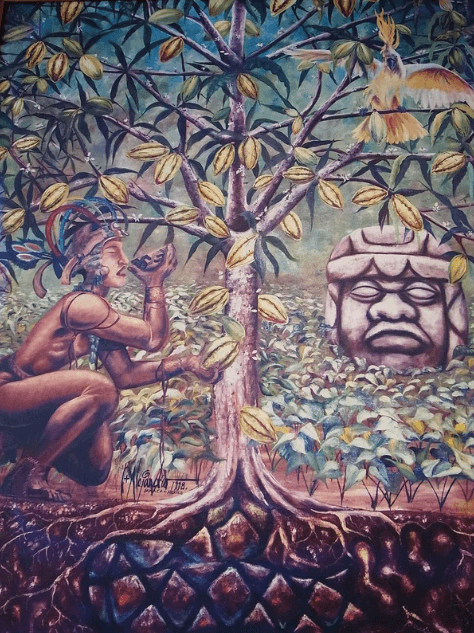
To celebrate World Chocolate Day (July 7), here are some things you might not know about chocolate’s deep roots in Mexico—and where to taste authentic Mexican chocolate and experience chocolate making locally.
Contents
5 Things You Might Not Know About Chocolate
- Chocolate in Mexico Was First a Sacred Drink, Not a Sweet Treat
Long before Europeans added sugar and milk, the Maya and Aztecs drank chocolate as a bitter, frothy beverage. It was mixed with water, chili, and spices, and often consumed during rituals or by nobility. - Cacao Beans Were Once Used as Currency
Aztecs valued cacao so highly that the beans were used as money. You could literally buy a tamal or a turkey with cacao—talk about edible currency! - “Chocolate” Is a Nahuatl Word
The word chocolate comes from the Nahuatl language: xocolatl, a combination of xococ (bitter) and atl (water). This reflects how it was traditionally consumed—bitter and in liquid form. - The First Chocolate Encounter in Europe Came via Hernán Cortés
When Spanish conquistadors arrived in the early 1500s, they saw Moctezuma drinking large quantities of cacao daily. They brought it back to Europe, where it was later sweetened and transformed into the chocolate we know today. - Mexico Still Produces Heirloom Cacao
Though not a major global exporter, Mexico is home to rare, native strains of cacao—especially in Chiapas and Tabasco. These beans are prized by artisanal chocolatiers around the world for their complex, earthy flavors.
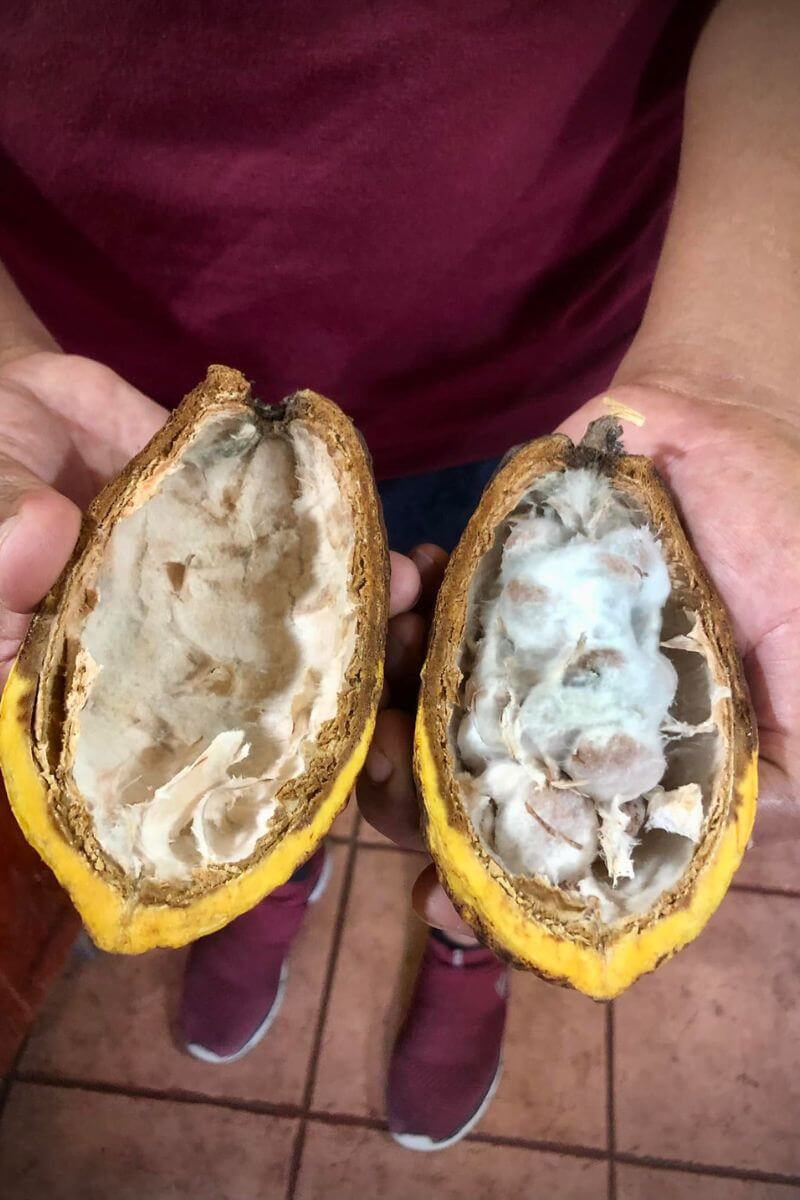
Where to Experience Authentic Chocolate in Mexico
Choco‑Story Playa del Carmen (Museo del Chocolate)
This interactive museum explores chocolate’s journey from sacred Maya drink to modern sweet treat. Walk through seven themed rooms with immersive displays, artifacts, and audio guides, then finish with a guided tasting of traditional and modern chocolate. It’s a fun, educational stop for families, food lovers, and anyone curious about cacao’s cultural roots. Avenida 10 & Constituyentes | Website.
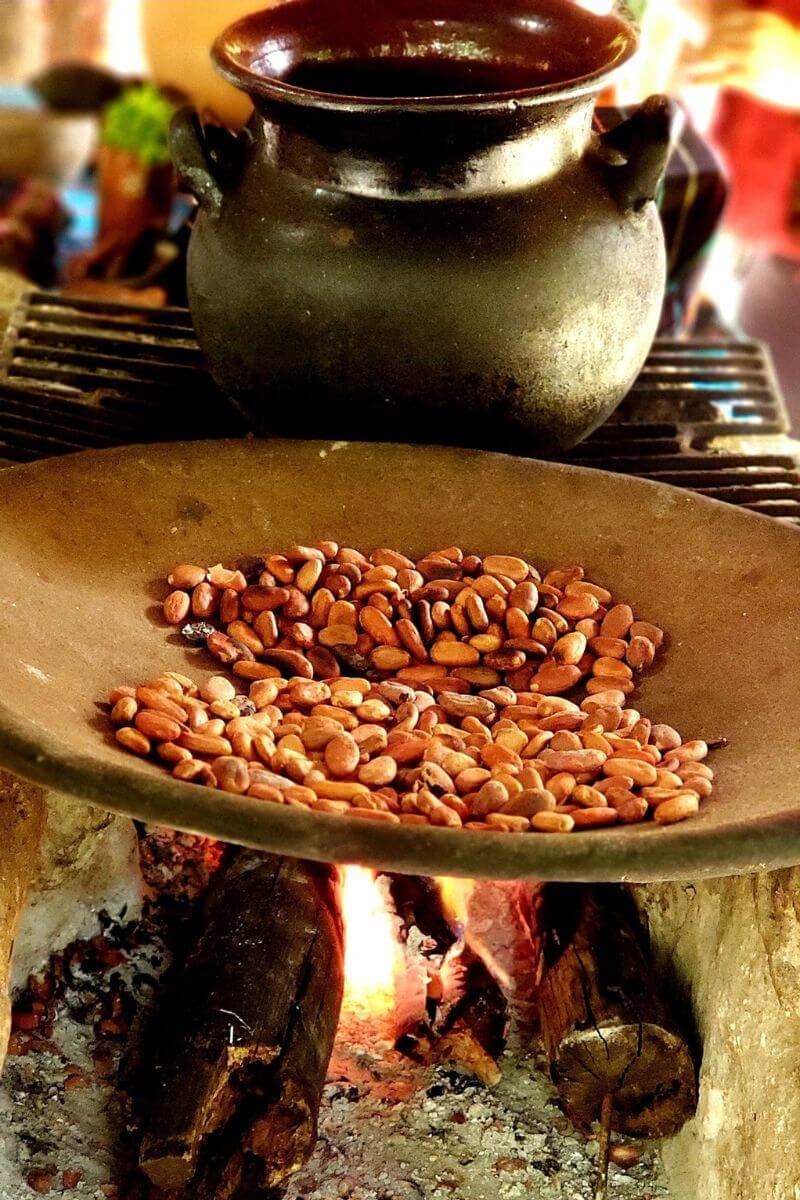
Kaokao Chocolate Factory – Cozumel
An inside look at the chocolate-making process on Cozumel island. From the passionate owners, hear about the deep roots of chocolate in Mexican culture, beginning with the importance of the cacao seed for Maya civilizations. Grind your own cacao beans and craft a drinking chocolate mix to take back home. Throughout the tour, you’ll sample different flavors of cacao in its various phases, including raw beans, roasted beans, cacao paste and finished chocolate products. This makes a great day trip from Playa and is featured in this popular Cozumel tour.
Artisanal Mayan Chocolate Tasting – Tulum
Step into a multisensory journey through Mexico’s chocolate legacy—from sacred Olmec rituals to modern artisan bars. This immersive tasting experience in Tulum explores the cultural, spiritual, and culinary history of cacao, with a curated menu that includes pre-Hispanic drinking chocolate, traditional Zapotec recipes, and European-style creations. Each bite is paired with fruits, nuts, or yogurt to highlight cacao’s complexity. (Family friendly)
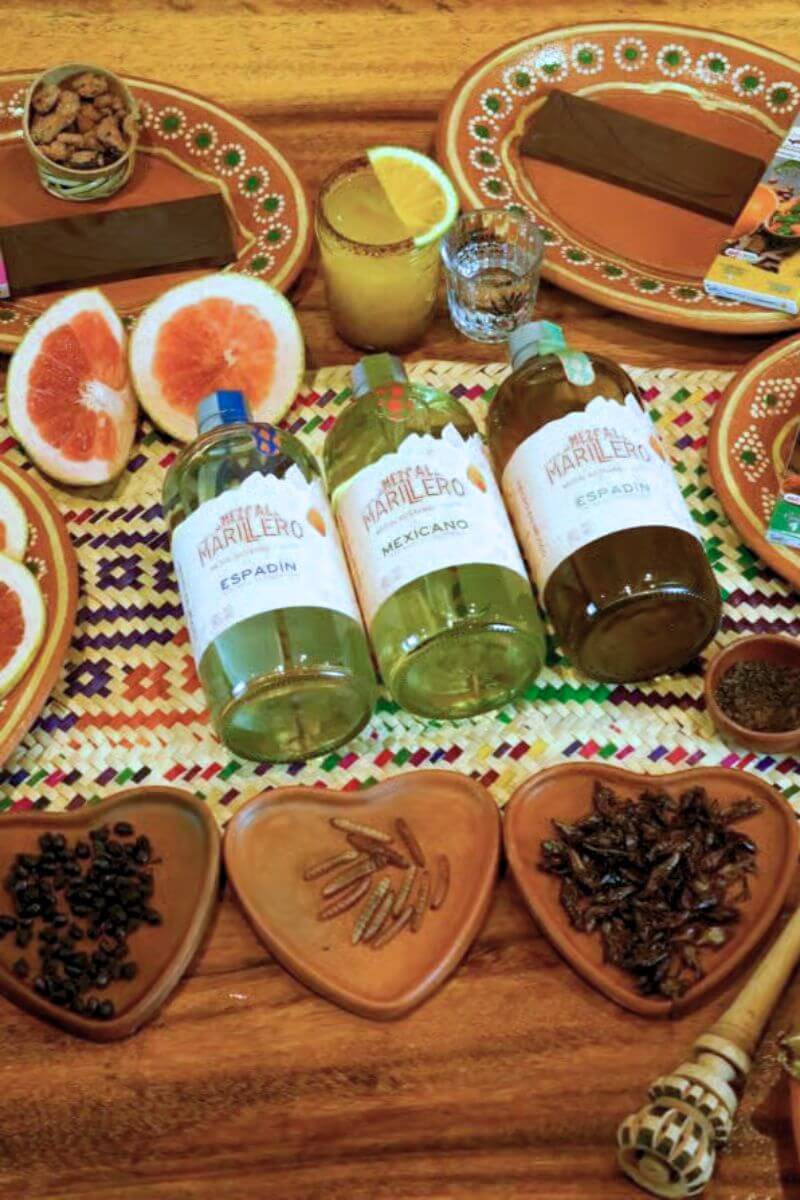
Artisanal Mezcal & Chocolate Tasting – Tulum
Discover the bold flavors of Mexico with this guided mezcal and chocolate pairing experience. You’ll sample five small-batch mezcals—from Espadín to wild agave varieties—paired with artisan Mexican chocolates, spiced salts, fruits, and even toasted grasshoppers. Along the way, your host shares insights into agave culture, ancestral production methods, and how to taste mezcal like a pro. Includes a welcome cocktail and plenty of local flavor. (Adults only)
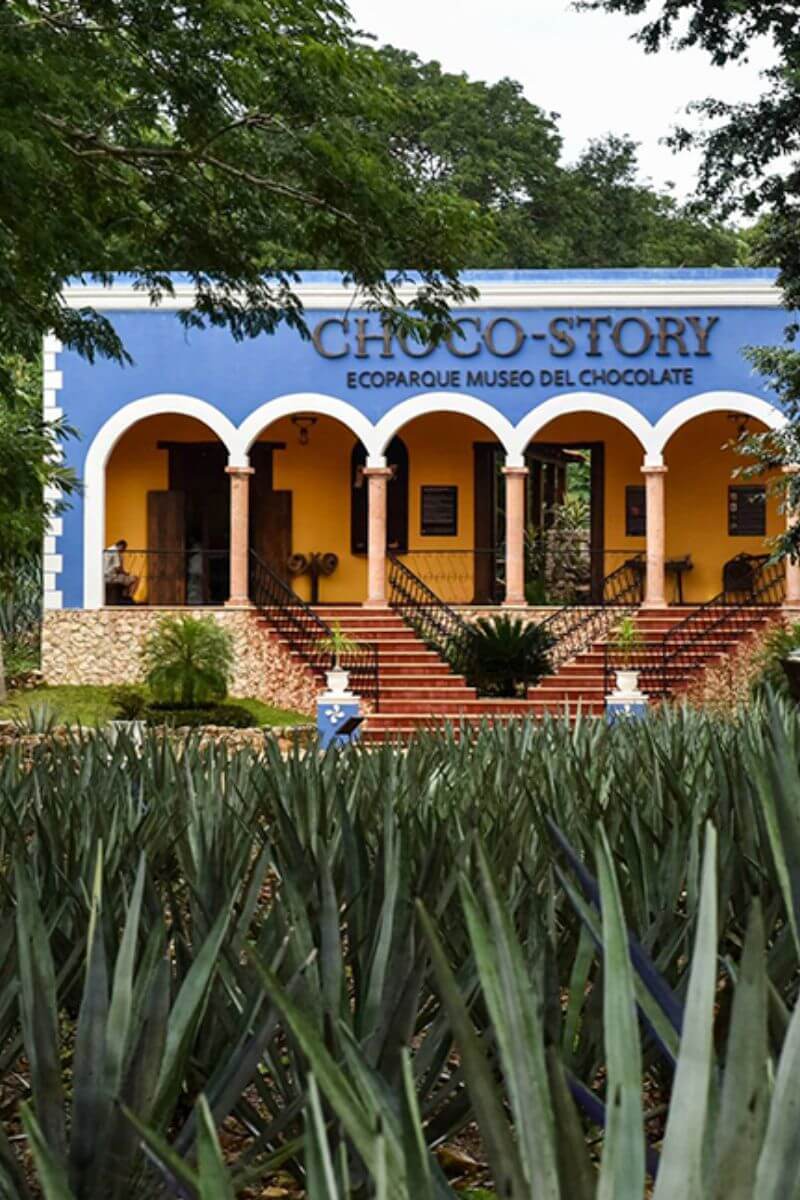
Choco-Story EcoParque Museo de Chocolate – Uxmal
Located at the entrance to the Tikul Cacao Plantation, this large outdoor museum offers an immersive look at the history of cacao and its cultural role in the life of the Maya, complete with tastings, jungle paths, and even resident animals. You can visit this museum on your own or as part of a tour of the Uxmal and Kabna Archaeological sites.
Ah Cacao – Playa del Carmen & Cancun
Beloved family-owned café selling ethically sourced chocolate from Mexican cacao. Great for sipping chocolate drinks or picking up gifts. Our kids grew up together but I show no bias when I say that chocolate from Ah Cacao makes a fantastic gift or sourvenir from the Riviera Maya. Multiple locations in Playa del Carmen & Cancun | ahcacao.com.
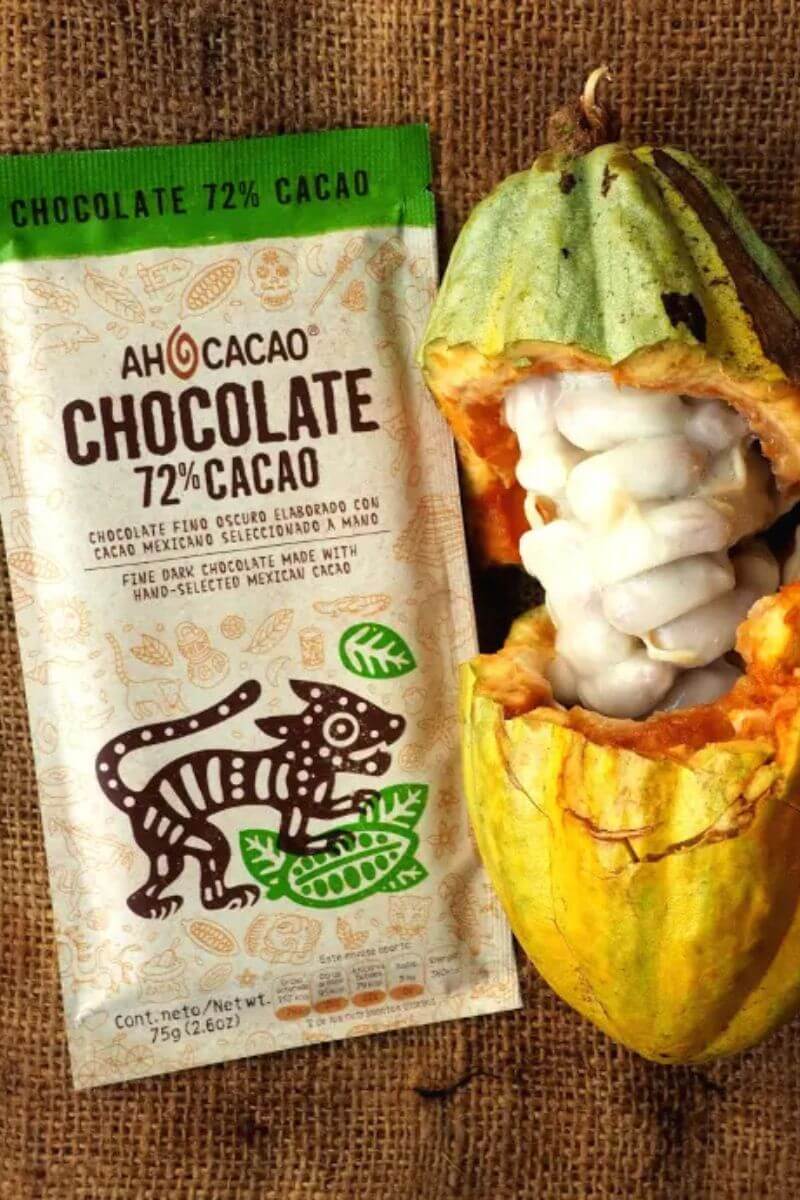
From sacred drink to sweet delight, chocolate in Mexico has traveled an extraordinary path. But its roots remain strong—in the rainforests of Tabasco and Chiapas, in the hands of artisan chocolatiers, and in every steaming cup of traditional cacao still served across the country.
Whether you’re a history buff, a foodie, or just someone who appreciates a good truffle, experiencing chocolate here adds depth (and flavor) to your travels. So taste your way through the past, support local makers, and reconnect with the rich, complex origins of a food that has shaped civilizations.
